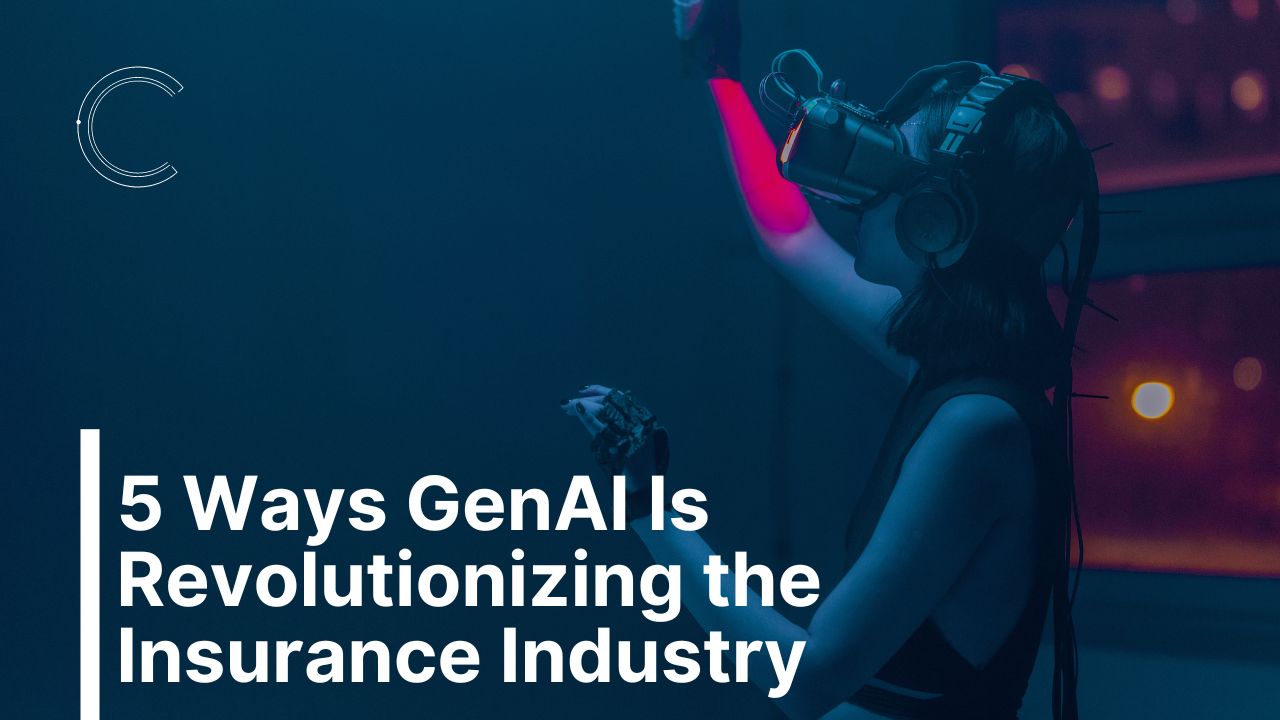The insurance industry has long been known for its conservative approach and reliance on human expertise, but it is undergoing major changes due to the rise of artificial intelligence (GenAI). This new technology is changing all aspects of insurance, from underwriting to customer service, to make it more efficient, accurate, and customer-focused. In this article, we explore five key ways GenAI is changing the insurance industry.
1. Strengthen risk documentation and assessment.
Simplify data analysis.
One of the most effective applications of GenAI in insurance is in the underwriting program. In the past, authors have relied on historical data and personal judgment to assess risk and determine rewards. With the power of advanced data analysis, GenAI can process large amounts of data from multiple sources, including social media, IoT devices, and market trends, to make more accurate assessments. risk
Predictive modeling
GenAI can create advanced predictive models that can estimate risks more effectively. This model takes into account factors that the underwriter may not see, allowing for more accurate pricing and better risk management.
2. Personal customer experience
Customized policy services
GenAI can analyze customer information to identify individual needs and wants, so insurance companies can make policy recommendations. This type of arrangement can increase customer satisfaction and loyalty because customers can choose policies that best suit their unique circumstances.
Automated customer support
With the help of GenAI-powered chatbots and virtual assistants, insurance companies can provide 24/7 customer support, answer questions, handle claims, and sell policies. This AI system learns from every interaction and continuously improves its ability to help customers.
3. Claims processing is efficient.
Cheat detection
In the insurance industry, claim processing is often time-consuming and prone to fraud. GenAI is excellent at detecting fraudulent claims by analyzing data patterns and anomalies that indicate fraud. This feature greatly reduces the time and resources spent on fraud investigations.
Automated claims processing
GenAI can automate most of the claims processing process, from initial reporting to final settlement. By analyzing claim data and comparing it to policy details, GenAI enables instant claim resolution, speeding up the claim process and reducing administrative costs.
4. Increase customer retention rates.
Prospective consumer insights
GenAI can predict customer behavior by analyzing data from past interactions, policy updates, and market trends. Insurance companies can use these insights to meet customer needs, provide timely policy updates, and offer incentives to increase customer retention.
Emotional analysis
By analyzing customer feedback and social media activity, GenAI can assess customer sentiment over time. This analysis allows insurance companies to quickly correct bad experiences and improve service, thereby increasing customer satisfaction and loyalty.
5. Innovative product development
Market Analysis
GenAI can analyze large amounts of market data to identify emerging trends and customer needs. Insurance companies can use these insights to develop new products that meet customer needs and stay ahead of the competition.
Rapid prototyping
With GenAI, insurance companies can quickly prototype and test new insurance products. Artificial intelligence models can compare market reactions and performance in different scenarios, allowing insurers to improve their products before launch and reduce the risk of fruitlessness.
Generative AI is not just a technological advancement; it is a catalyst for change in the insurance industry. GenAI is changing how insurance companies operate by improving underwriting accuracy, personalizing the customer experience, streamlining the claims process, increasing customer retention, and driving new product development. As technology continues to develop, it will have a greater impact on the insurance industry and provide more opportunities for innovation and efficiency.
